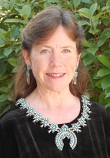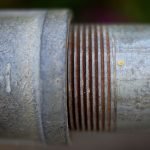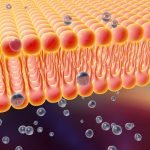Power vs Force in Detoxification
Cheryl A. Kasdorf, ND
Something I was taught in the first week of naturopathic medical school left an indelible mark on my thinking about healing. Dr Sensenig quoted Paracelsus in his first lecture: “The physician is only the servant of Nature, not her master. Therefore, it behooves medicine to follow the will of Nature.”
I was immediately hooked on this philosophy. I wanted to know how Nature operates so that I could follow her will. My first clue was when Dr Sensenig told us about our naturopathic roots in the mid-19th century when the lay movement of nature cure in Western Europe joined with the homeopaths, and Benedict Lust established the first naturopathic school in this country, called the American School of Naturopathy. Both groups were based on the idea that a vital principle is operating in humans to maintain health, and offered varied ways to facilitate that. Besides the remedies themselves, homeopathy contributed ways of understanding healing, such as Hering’s Rules, which can assess the results of any therapeutic modality. Dr Sensenig urged us to verify for ourselves this underlying philosophy of medicine in our practices.
Understanding Power vs Force
In a detoxification elective in school, I learned more about gallbladder flushing, kidney and liver cleanses, therapeutic fasting and such, and tried them all. I enthusiastically embraced intravenous chelation when presented with the possibilities of changing the life of someone who is very sick. After some clinical experience, especially with patient compliance, I began to consider what Dr Sensenig said about verifying our naturopathic philosophy. As the years pass, with continuing education, I more and more carefully evaluated how I could “do no harm” while effectively accomplishing a restoration of health for the patient.
I adopted Dr David Hawkins’ definitions of power and force to help me evaluate clearly: “Power is always associated with that which supports the significance of life itself… Force always moves against something, whereas power doesn’t move against anything at all… Power gives life and energy – force takes these away.”1
Power respects the laws of Nature, because it is the vitality of life itself moving through the channels Nature provides. Force is human-made; it is the principle of opposition in order to accomplish a goal. We recognize it in treatments which include the prefix “anti”: anti-inflammatories, antibiotics, antihistamines, and so on. Where allowing is powerful, controlling is forceful. Power is enlivening, force is exhausting. Power is gentle, force is rough. Where power is harmonious, force disrupts. Power leads, force coerces. Power is nurturing, force is draining. Power is principled, force is expedient. They are as different as requesting is to demanding. So the question for me becomes: which treatments for detoxification are powerful without being forceful?
Nature-cure pioneers such as Priessnitz and Father Kneipp concerned themselves with the effects of violation of Nature’s laws on the physical human organism. Lindlahr listed those effects as follows2:
- Lowered vitality
- Abnormal composition of blood and lymph
- Accumulations of waste matter, morbid materials and poisons. (These conditions are identical with disease.)
(Lindlahr H, 1975)
These pioneers used treatments like fasting, colon-cleansing, manipulation, physical therapy, and botanicals that followed Natural Law. All of these methods of opening up the organs of elimination and clearing the body are effective for tissues and organs, and can affect the cells. But at that time, there were 100 years less of environmental toxins, and the food supply was not, by any means, as manipulated as it is today.
Detoxification & Homeopathy
Let’s look at what we want to accomplish with detoxification…
Waste matter starts inside the cell with the cell’s products of metabolism. As well, exogenous toxins can make their way into the cell and disrupt its metabolism and elimination. I have found that homeopathic remedies are a useful adjunct because they can affect all levels of the organism including the cells, directly and powerfully. The low, medium, and high potencies of homeopathic remedies have affinities for different densities of matter. Any potency denser than the resonance vibration of the cell will not work inside the cell but instead on the tissues and organs, and any potency more rarified than the vibration of the cell will first work on more subtle levels, then filter down to the physical (see Table 1).
Table 1. Densities, Dilutions & Potencies
| Level | Dilution | Homeopathic Potency | X Potency Equivalent |
| Tissue | <10-8 | MT – 3CH | 6X and under |
| Intracellular | 10-9 – 10-18 | 4CH – 9 CH | 8X – 18X |
| Border matter | 10-18 – 10-30 | 9CH – 15CH | 18X – 30X |
| Immaterial | >10-23 | 30CH and higher | Not usually available |
(Avogadro’s number = 6 x10-23 )
Intracellular resonant vibrations occur at the magnitude of 10 to the minus 9 power (10-9), to 10 to the minus 12 power (10-12). This is equivalent to the concentration of a homeopathic remedy at 4CH to 6CH [equivalent to 4C to 6C] (and 8X to 12X). So, material doses of a substance or potencies of it up through 3C or 6X are not sufficiently rarefied to resonate inside the cell, but can affect the cell by affecting the tissues and extracellular spaces. For example, the botanicals Berberis or Chelidonium affect the tissues of the liver and gallbladder. However, they have no power to reverse a disruption of cellular function in those organs. In the arena of detoxification, they remove the wastes from the extracellular spaces – a big relief for the cells – but do not fundamentally change the cells’ function.
The Schuessler cell salts, in 6X dilution, work on the level of tissue functional disturbances – thus, the alternate name of “tissue salts.” They provide nutrition in a concentration that the cells can assimilate, which then supports the cell metabolism. According to J. B. Chapman, MD,3 writing about Dr Schuessler’s biochemistry, “A study of physiological chemistry makes one familiar with the signs of functional disturbance brought about by changes in the concentration of the mineral salts in the tissues and fluids of the body… the slightest variation in the ratios of concentration of the mineral salts in the body fluids may be reflected by functional disturbances, and the visible signs of these changes may be read with precision by those who have studied biochemistry.” Reading the signs of the functional disturbances, we can choose the cell salt that will nourish a particular tissue. For example, nervous tissue responds to Kali phos and Mag phos, and bone responds to Calc phos and Silicea.
Effects of Different Potencies
In contrast, a homeopathic potency beginning at 4C, through 6C and 9C (or 8X through 12X and 18X) has an effect inside the cell. Remedies in these potencies can reverse a lesion – an alteration of cellular structure or of the ability of cells to carry out a function. We will see how in a moment.
More rarified potencies of 9C to 12C (and 18X to 24X) approach Avogadro’s number in concentration, and so approach the border of matter. Avogadro’s number, on the order of 10 to the minus 23 power (10-23), is the dilution of a homeopathic remedy where it is likely that not a single molecule of the original substance is left in the remedy, just the information of that substance. Remedies at potencies higher than the 12C to 15C range have an affinity for more subtle levels in the individual. Potencies in the range of 200C and up communicate directly with the inner being, which must be done with utmost respect, honoring Natural Law.
The practice of prescribing homeopathic remedies on the order of 200C often results in a pronounced aggravation of the patient’s symptoms. What happens is that the information from the 200C remedy initiates such a drastic change that the body cannot respond fast enough to channel out toxins or make efficient the organs of elimination. To prevent this, a method of preparing the body, based on Dr Nebel’s work, was developed by Dr Leon Vannier of France,4 beginning in 1911 and called Biotherapeutic Drainage. It has been subsequently expanded on and refined, primarily by the French schools.
According to Dr Vannier, “Drainage is the combination of measures to be used to ensure the regular elimination of toxins that burden the body of a person. I say of a person, not of persons, because the fact of great importance to remember is that drainage must always be individualized.” He individualized remedy selections based on general symptoms, functional symptoms, and lesional symptoms. Instead of finding a remedy to cover all these symptoms, as is done in classical homeopathy, he used different remedies in different potencies to address each of these sets of symptoms.
Combining Remedies
If combining homeopathic remedies is not comfortable for you, consider what Dr de Ruyter had to say in an article5 that summarized Dr Vannier’s methods of prescribing:
When Hahnemann started to develop his homeopathic treatment, orthodox doctors often used many drugs in combination. Hahnemann severely criticized this polypharmacy. In order to study the effects of each homeopathic remedy, Hahnemann did not use combinations of remedies in the early years and objected to the use of remedy combinations by other homeopaths. Hahnemann’s warnings against using combinations of homeopathic remedies have become an entrenched doctrine in some homeopathic quarters.
However, combinations of homeopathic remedies have been used successfully for well over a century by homeopaths on the European Continent.
Continental homeopaths have known from Hahnemann’s own time that he did use combination remedies, and the material in the German biography of Hahnemann by Dr. R. Haehl has been available to homeopaths who can read German for 74 years. But these historical facts have not been easily accessible to English speaking homeopaths who do not read German. So it is not surprising that Anglo-American homeopaths have believed for a long time that Hahnemann never used remedy combinations. The documented historical fact, however, is that he did.
(de Ruyter E, 1994)
Biotherapeutic Drainage
Vannier’s prescription began with the simillimum, or that remedy which covered most of the patient’s symptoms, with emphasis on the general symptoms. Vannier called this the fundamental remedy. He used it in high potency, 200C or 1M, at infrequent intervals of 12 to 20 days apart. This will be familiar to classical homeopaths. The difference is that Vannier also prescribed in alternation a nosode of Psorinum, Tuberculinum, Medorrhinum, or Syphilinum, according to the patient’s symptoms. This would also be in the 200C or 1M potency, about 2 weeks after the simillimum, or fundamental remedy.
In addition, Vannier also selected 1 or 2 remedies based on the functional symptoms, which he called drainage remedies. These were given once or twice a day in a medium potency, usually of 30C. In addition, if there were lesional symptoms, another remedy would be prescribed in a low potency, such as 6C, every day or every other day, again based on the signs and symptoms matching those listed in the Materia Medica. It is apparent that since lesions involve cellular changes, the selection of the lesional remedy potency must match the cellular level.
Typically, Vannier had patients follow this treatment for a month, then he reassessed and changed the remedies when necessary. When the fundamental remedy and nosode match the patient well, the drainage remedies may not change, or there may only be minor changes in the remedies for the next month. When indicated, the fundamental remedy and nosode may be increased in potency, from 200C to 1M, for example. If the patient’s symptoms continue to improve, the treatment is continued for several months without major changes. In children or subacute cases, Vannier found that the treatment might be complete in 2 to 3 months. In chronic cases and for most adults, Vannier continued treatment for 8 to 12 months, in order to restore the patient to health.
I have been using a refinement of Vannier’s system of Biotherapeutic Drainage, as taught by the late Dr Gerard Gueniot, MD, of France.6 I have found it a powerful – not forceful – way of detoxifying a patient. I include remedies which act on the organs, tissues, and cells, as well as more subtle levels in a single prescription. Of special note is the use of nosodes, which go to the heart of detoxification. A distinction is that I use the nosodes in the 200K or 7CH potency, which by affinity acts on the cellular level.
Each nosode belongs to a miasm, which I understand as the reactional mode of a person. This is nothing other than how well the organism eliminates on the cellular level, and what happens if it cannot eliminate effectively. The basic reactional mode is the Psoric, which, in the normal course of events, sorts and assimilates what it needs and eliminates what it cannot use, including the products of metabolism. When overburdened from unhealthy lifestyle, the Psoric individual suddenly, and almost violently, effectively eliminates, thus is improved and brought back to equilibrium. The Sycotic and Tuberculinic reactional modes do not eliminate well. The Sycotic stuffs toxins in the most benign places. The Tuberculinic begins inflammatory, demineralization, and autoimmune processes because it simply does not have the energy to eliminate, primarily because the liver is not working well. The Syphilitic has paradoxical and unpredictable ways of eliminating, often through self-destruction. So, by giving the nosode in the 7C potency, repeatedly at infrequent intervals, the organism is given the information to restore and make efficient its own eliminating capacity. This results in detoxification that follows normal physiology without forcing elimination. Often patients report that after a dose of the nosode, they experienced an episode of diarrhea, or were slightly feverish and achy, which are characteristic of elimination through normal routes.
Biotherapeutic Drainage is powerful, in Dr Hawkin’s definition of the word. It supports the significance of life itself by favoring the natural tendencies of the body to eliminate toxins. It does not move against anything at all; rather, it encourages detoxification non-aggressively and without forcing the natural capacities of elimination. It gives life and energy on the cellular level, organ level, and on the level of the tissues of the body. Biotherapeutic Drainage respects physiology and Natural Law. It is effective in combination with other modalities. Through and through, Biotherapeutic Drainage fits my criteria for naturopathic detoxification – powerful, but not forceful.
 Cheryl A. Kasdorf, ND, is a graduate of Southwest College of Naturopathic Medicine and has maintained a private practice in Cottonwood, Arizona since 1999. Her postgraduate homeopathy education with Dr Gerard Gueniot, MD, from France, taught her to individualize homeopathic remedy-prescribing, as well as to include Biotherapeutic Drainage. She also sees patients benefit specifically from Bowen bodywork and practicing the Ishayas’ meditation. Website: www.drcherylkasdorf.com. Email: [email protected].
Cheryl A. Kasdorf, ND, is a graduate of Southwest College of Naturopathic Medicine and has maintained a private practice in Cottonwood, Arizona since 1999. Her postgraduate homeopathy education with Dr Gerard Gueniot, MD, from France, taught her to individualize homeopathic remedy-prescribing, as well as to include Biotherapeutic Drainage. She also sees patients benefit specifically from Bowen bodywork and practicing the Ishayas’ meditation. Website: www.drcherylkasdorf.com. Email: [email protected].
References:
- Hawkins D. Power vs. Force: The Hidden Determinants of Human Behavior. Carlsbad, CA: Hayhouse Publishing. 2002:132-133.
- Lindlahr H. Philosophy of Natural Therapeutics. England: Daniel C.W. Company, Ltd; 1975:19
- Chapman JB. Dr Schuessler’s Biochemistry. London, England: Thorsons Publishing;1973.
- Vannier, L, La Pratique de l’Homeopathie. 4th Doin G & Cie, eds. Paris, France;1950:454
- de Ruyter E. Computer Homeopathy: and a Summary of Dr. Leon Vannier’s Theories on the Paratuberculous and Paracancerous States. Amsterdam: EDER Pty;1994.
- Gueniot G. Homeopathy for the Individual Terrain [lecture]; 2008.









